My SmArt School class starts up again in September!
The images you see here are examples of demonstration pieces I do live during the semester. As we progress through the assignments, students usually have questions regarding certain media, especially oil painting since that is my main focus. But not everyone is working in oils. Some are painting in watercolor, some gouache, and of course, many are painting digitally.
If you thought that digital painting would be frowned on in my class, reconsider. I train that a well-rounded artist should be able to control all forms of media. Having those skills allows an artist to gain a wider range of affect and a broader ability to communicate visually.
All pigment is practically the same anyway. It’s just the binder that makes the difference, and understanding how those binders work for the pigment is the important thing to grasp. From there it’s focused manipulation of those media that one trains for. Digital painting still needs an in-depth understanding of texture, readily apparent in traditional media, to imbue a painting with character.
I recently had a student ask about working with gouache for their assignment. So this demo of Wonder Woman was executed in gouache so we could all observe and talk about working with it. Many think it’s oil. But that’s knowing how to stretch and pull your capabilities to be able to work in many techniques.
I focus on composition skills in my classes a lot. Composition is story-telling and good composition will get your work attention. It all starts with a small rectangle on paper. We talk at length about getting your ideas on paper, about how an artist thinks on paper, and the best way to do that is with a good pencil.
Everything comes from that thumbnail, that pencil skill, alone. Even if you work digitally. Advanced pencil skills are necessary for giving your work life. Class discussions are about getting your ideas to grab a viewer and hold them.
My assignments are mostly based on where you want to take your work, with much attention paid to next steps for your portfolio. We go over business practices and chat about building a book, and ways to attain a look for it.
There are no magic pills, no smoke and mirrors, no tricks. Talent is definitely unnecessary for reaching a level of proficiency in painting. My class is a guide toward reaching those goals after the semester. We look at practical methods for training and gaining usable visual skills, built from real-world experience.


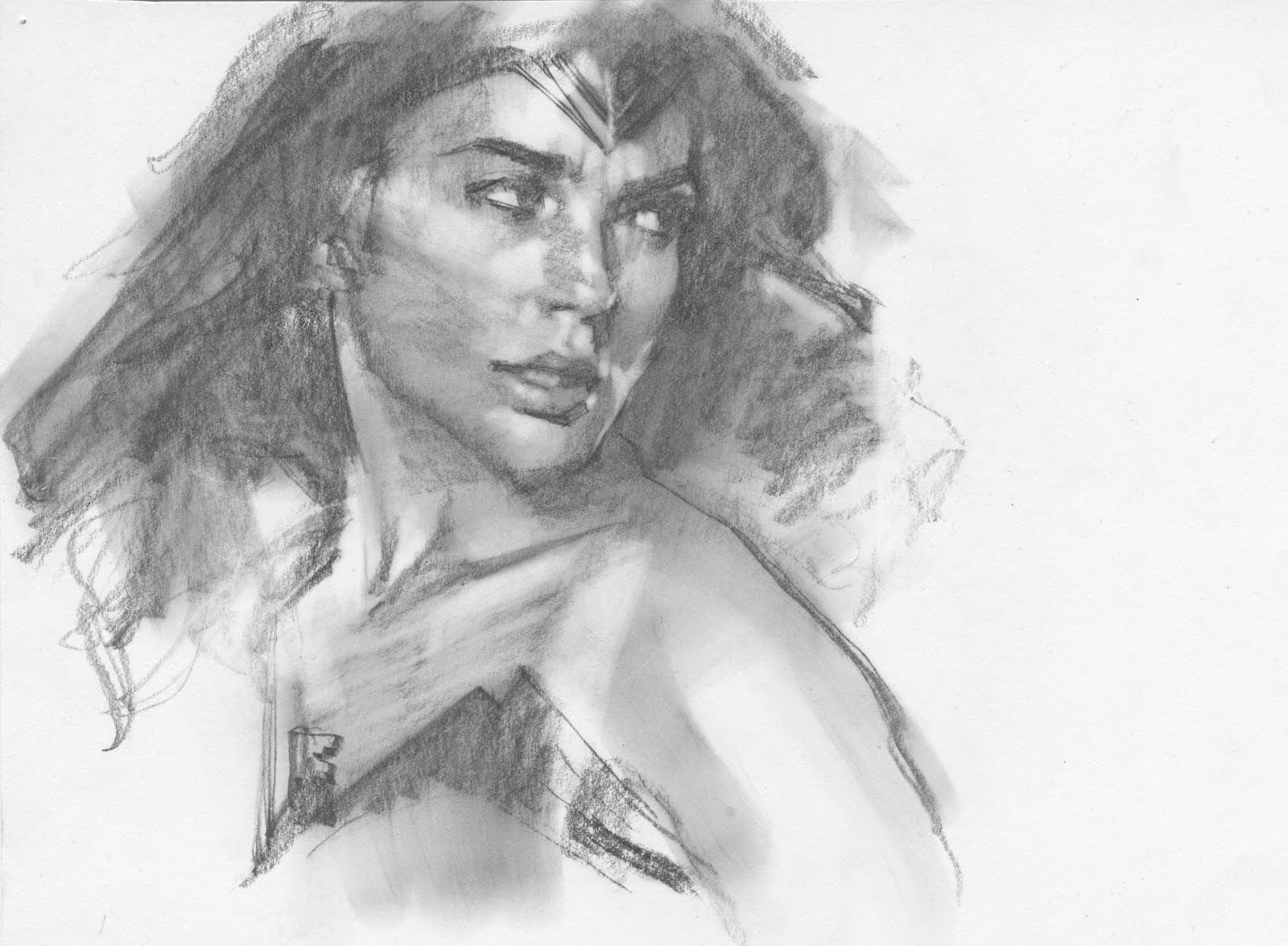
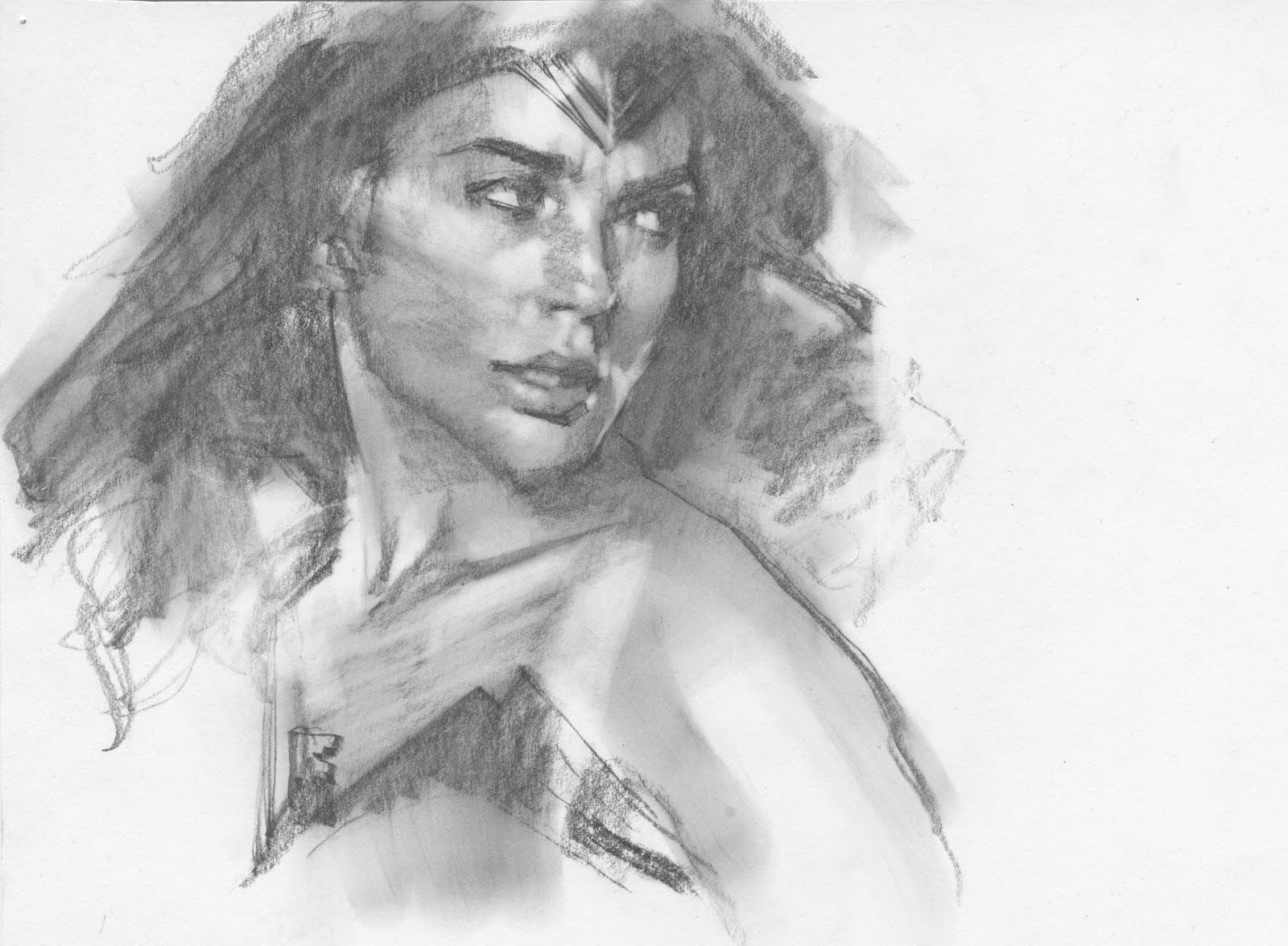
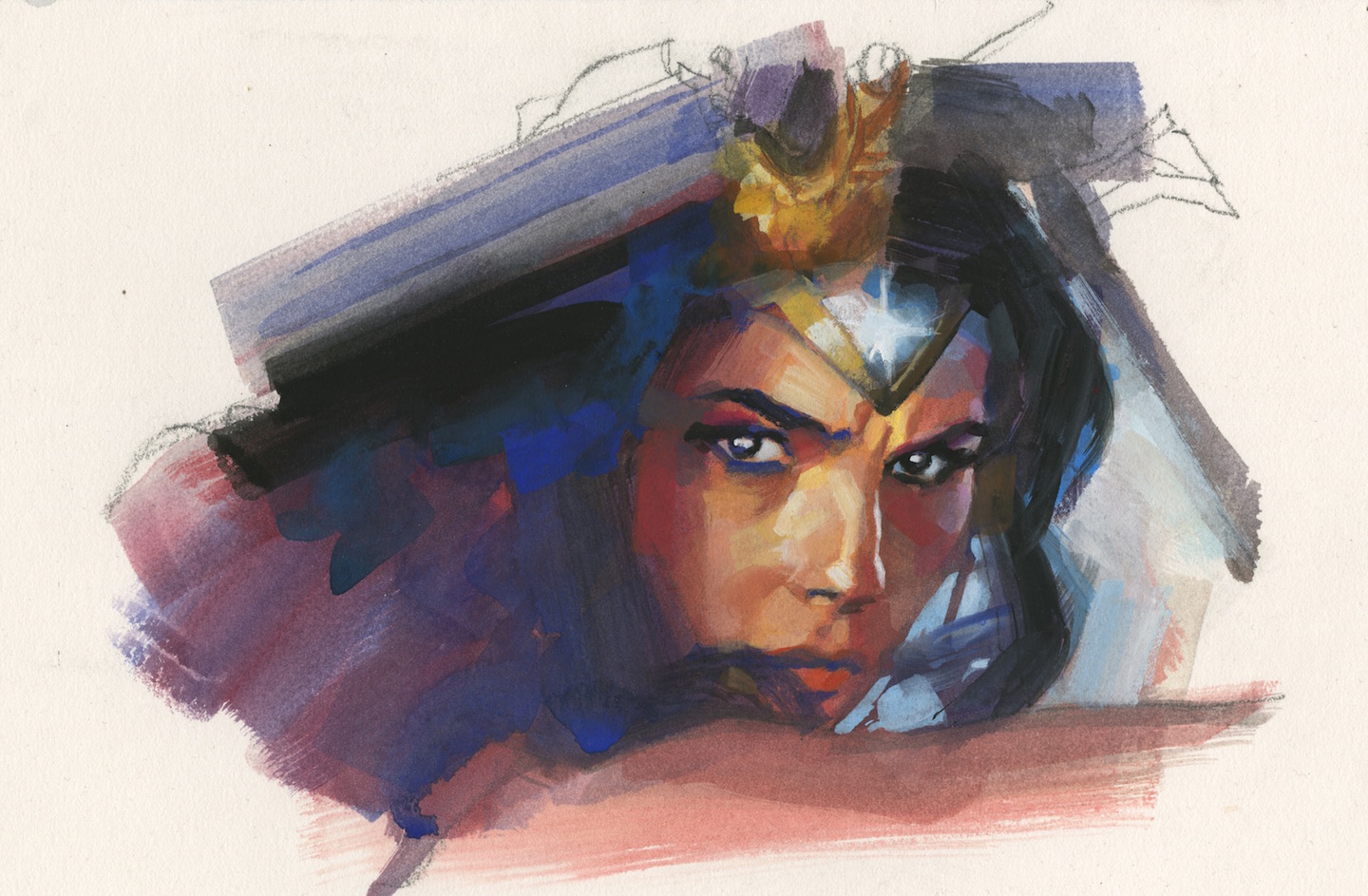
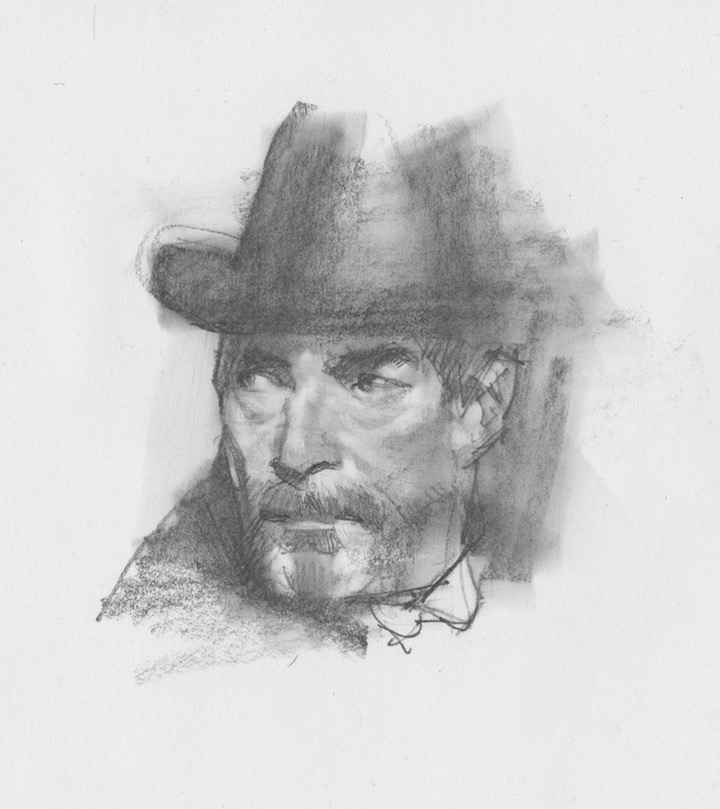
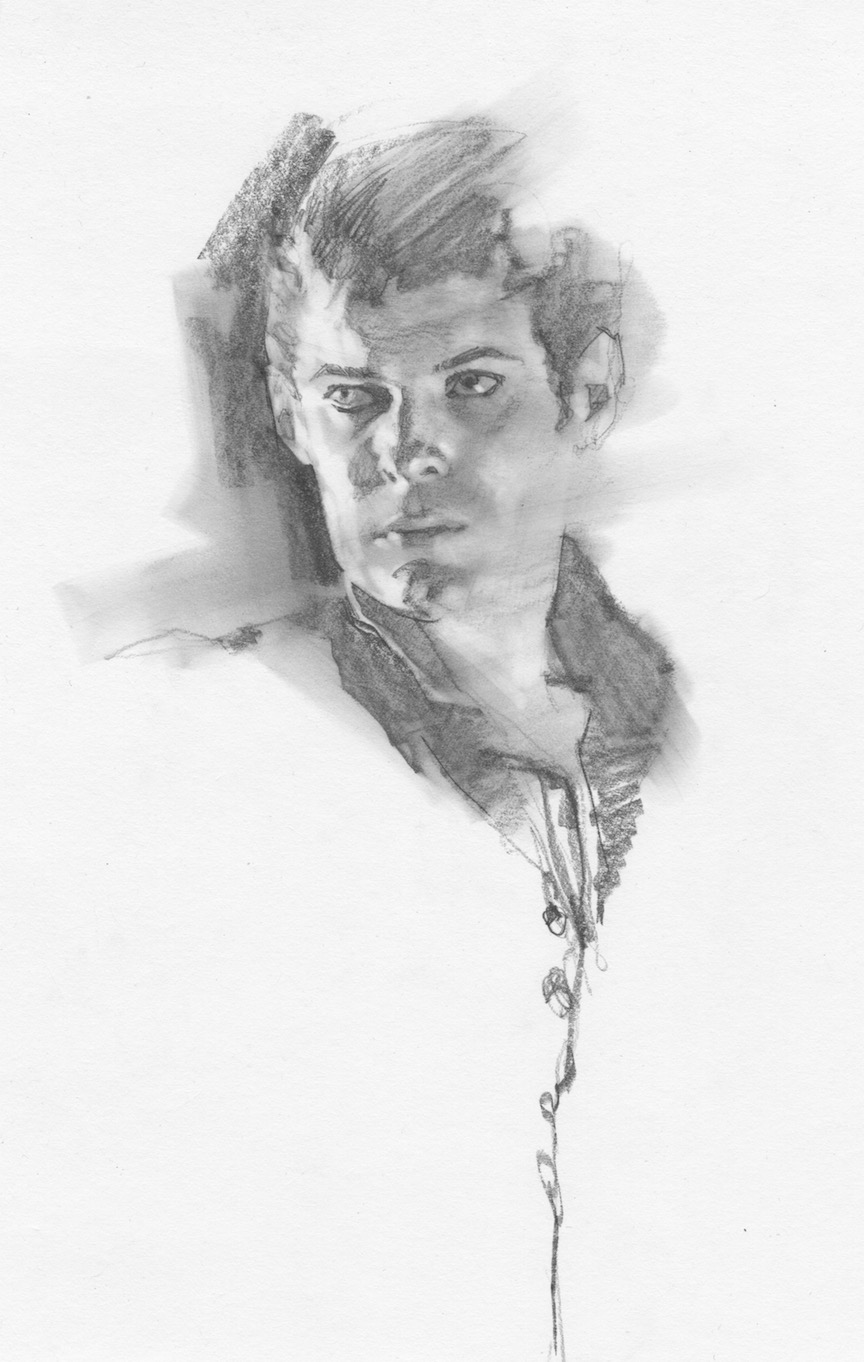
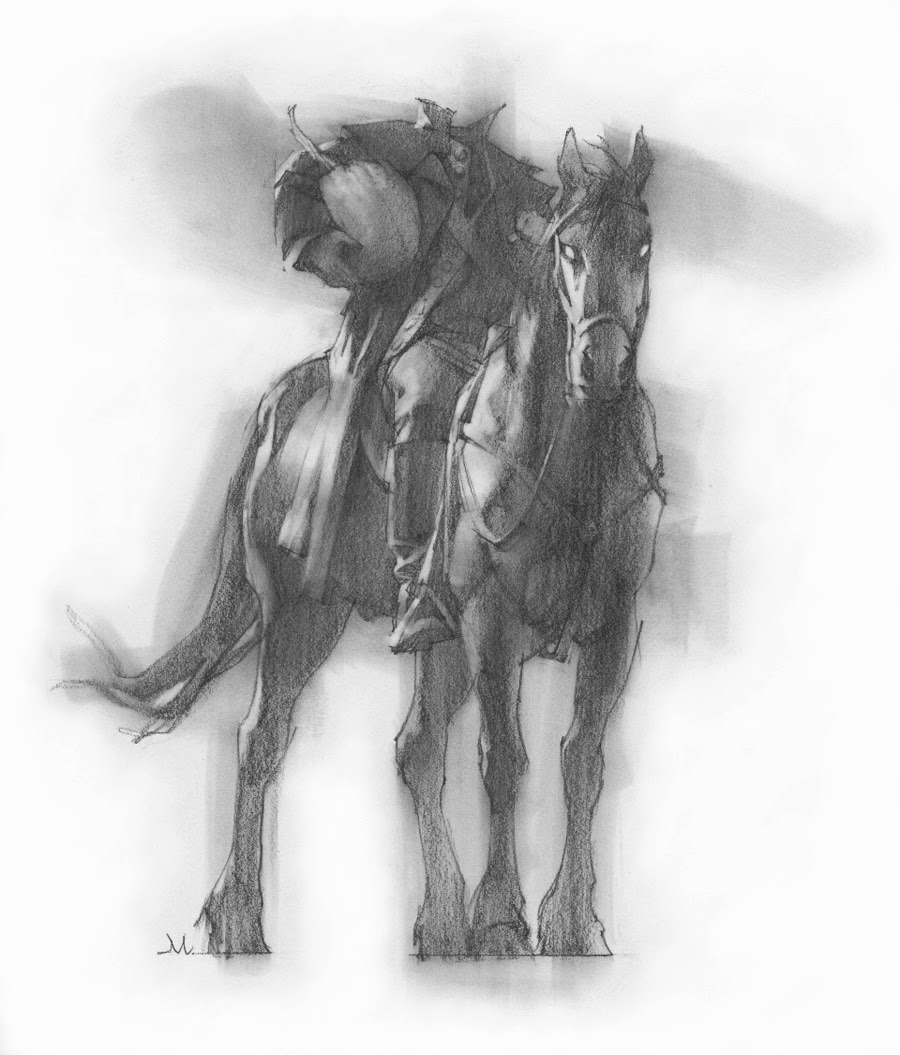
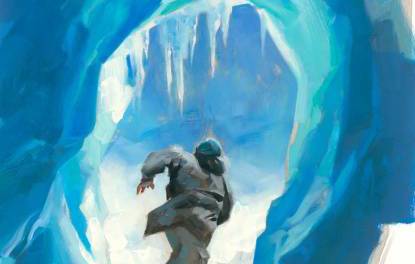

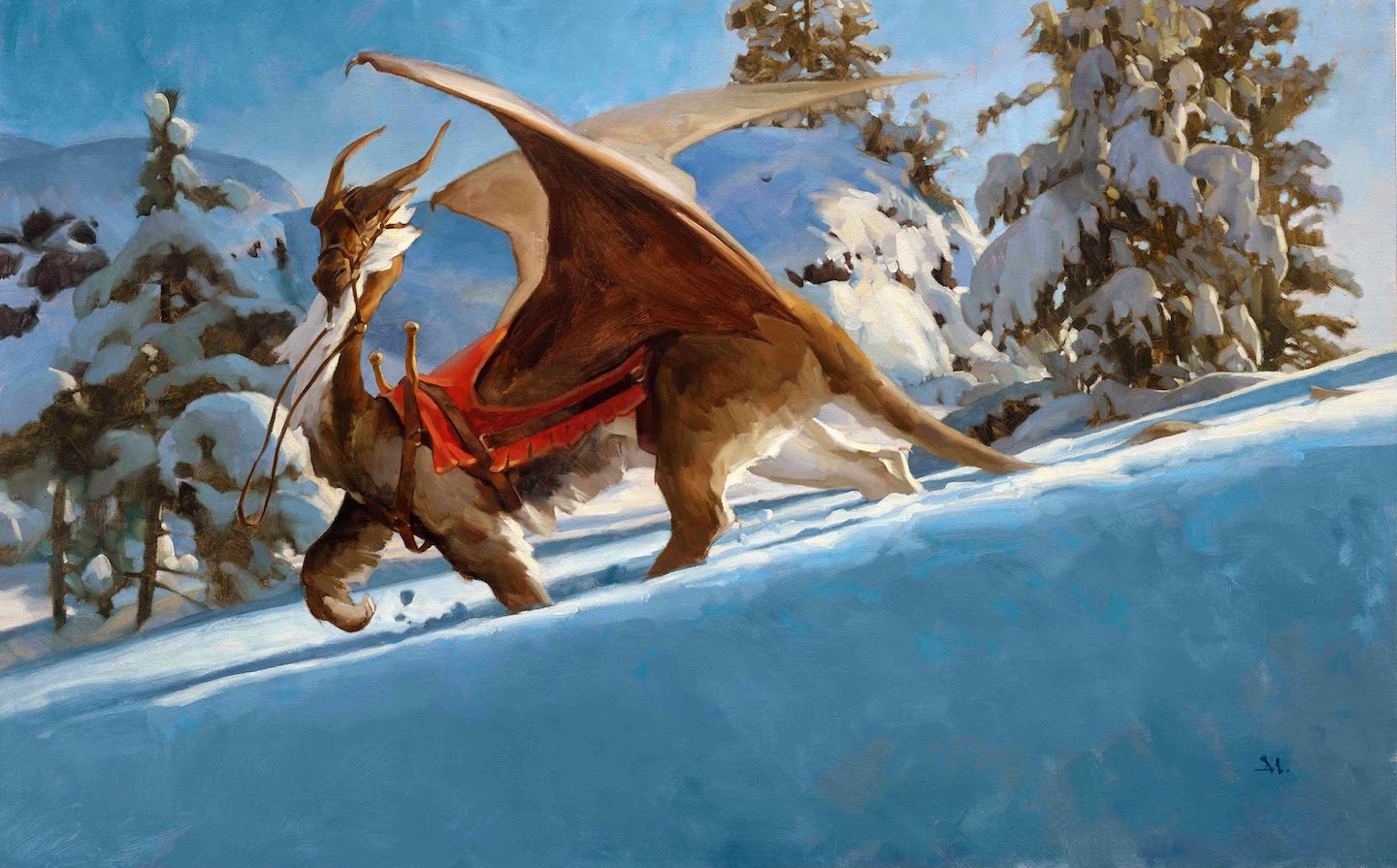

I just learned of your Above The Timberline show at the Society this month. (I'd love to say hi)–will you be there for the reception on the 28th?